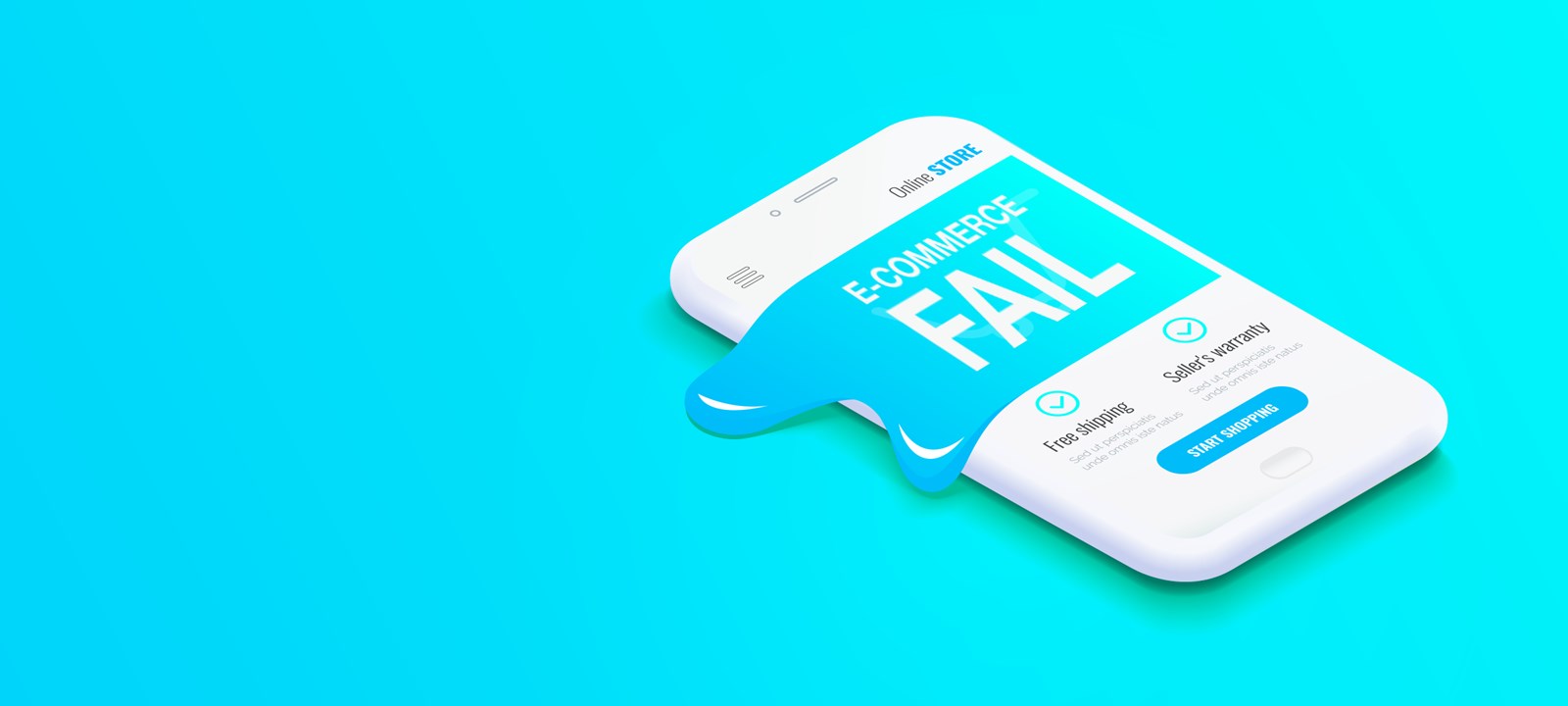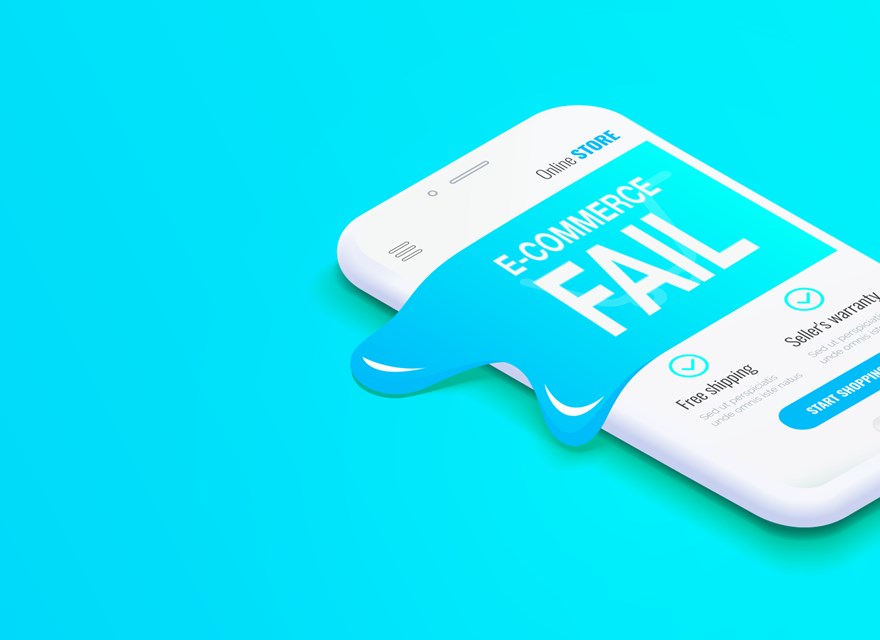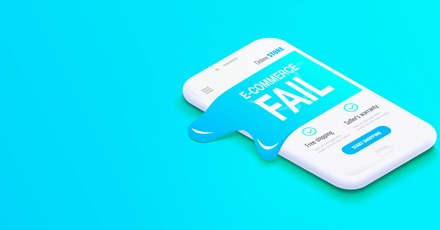04. Juni 2019
Not every e-commerce project has the same prerequisites and setup, but if you take this as an excuse for your bad planning, you will fail.
1. No pre-phase planned before the actual development of an e-commerce implementation starts
It is important not to start right away with the development, getting the complete team running. You should think of a thorough pre-phase (there are so many names for the phase before a project starts), covering these topics at least, if you start an e-commerce project.
2. No backward planning in the beginning has been done. The complete scope has not been roughly estimated
Assuming that the project is about to start, it is crucial (ideally after or during the discovery phase) to plan the project backwards, with the entire team. Everyone should have a realistic approach of project goals. Therefore, it is a must to define and communicate the scope, along with a rough estimation, by the cross-functional team.
3. No empowered Product Owner(s) or Decision Makers available. Decisions are not taken or are taking too long
When starting an e-commerce project, you have a plan: the team starts with the most critical tasks, to have the easy requirements in the end of the project. So if a lot of decisions in the beginning are getting moved or put aside, the risk for failing within the project increases pretty fast.
4. Product Owner(s) or Project Leads too heavily focused on either design or on technical aspects
Project Managers are completely wrong, if they think we need to finalize every UX and design concept before starting with the functional implementation. This will result in disappointed team-members, when they realize that the shiny designs can’t be constructed due to natural technical constraints. The contrary is also incorrect. Do not start with the technical aspects and then the UX and design. If this happens, the technical circumstances could drive the UX and design concept - what you should be avoided. The customer should be in the center. A balanced plan is key, together with a cross-functional development approach, where the user stories (agile expression for requirements) are treated holistically, with technical and UX stakes.
5. Project Milestones are not set and tracked
Often milestones are missing in agile delivery setups, because there is a common misunderstanding, that in an agile setup, milestones are not existing, that no discipline is needed or that everything is flexible. This would be a huge mistake.
6. Important technical deep-dives (Spikes) have been missed out
We just learned that you should not focus e.g. either on UX and design only, nor on technical stuff. But is also crystal clear, that you can’t miss the most important technical clarifications or “Mini Implementations / Checks” (in agile projects they are called “Spikes”). This is even more crucial if documentation is missing from a legacy system. There are repeating technical topics in e-commerce projects that need to be tackled in a thorough manner, from the very beginning of a project.
These topics are getting even more important, if we are talking about a international/ global shop or true omni-channel/ multi-channel setups.
7. No clear Golive scope defined, or constantly changing scope
Nothing is more frustrating for a project team than ambiguous business goals or the Golive Scope is not clear from the very beginning of the project or constantly new requirements are disturbing the project. You have to apply at least some rules / guidelines in regards to the Golive scope, otherwise the team will be demotivated and the project will fail, in terms of timing and costs.
8. Platform standards/out of the box features are not considered properly/ matched against requirements, to save time and efforts
This topic actually has nothing to do with project management or governance itself, but I saw a lot of projects with enterprise platforms fail, because the platform selection process was not detailed enough or during the project the platform standards have not been considered properly, to gain leverage in terms of speed and less efforts. Discuss with the product owners from the very beginning (ideally in the pre-phase).
Don’t let the platform drive the scope of the project, but also not vague ideas or perfectionism. Ask yourself, “do these requirements ease the life of the online shopper?” or “is this needed to drive conversions?” If you discover that the ratio of the out of the box functions or configurations are pretty less, it might be the wrong platform.
9. Delivery team is not mature enough, not stable or not complete
You will not notice this in the beginning of the project, everything speeds up, you see first results, etc. After some weeks you start realizing the effect, when first bugfixes are consuming time of the team or when technical aspects need to be touched again, during spikes. If the bug ratio increases or sprint goals have not been met consecutively, this is often a clear sign that the experience is missing within the team. The same stands for the following aspects: if estimations are not met frequently without reasoning or if requirements are bug fixed three or four times.
10. Too many other projects in parallel are happening
Often there are more projects ongoing when an enterprise e-commerce project starts, like a CRM initiative or a PIM (Product Data Management), this is not unusual or a bad thing.
Get help choosing the right e-commerce platform. Download our checklist.







